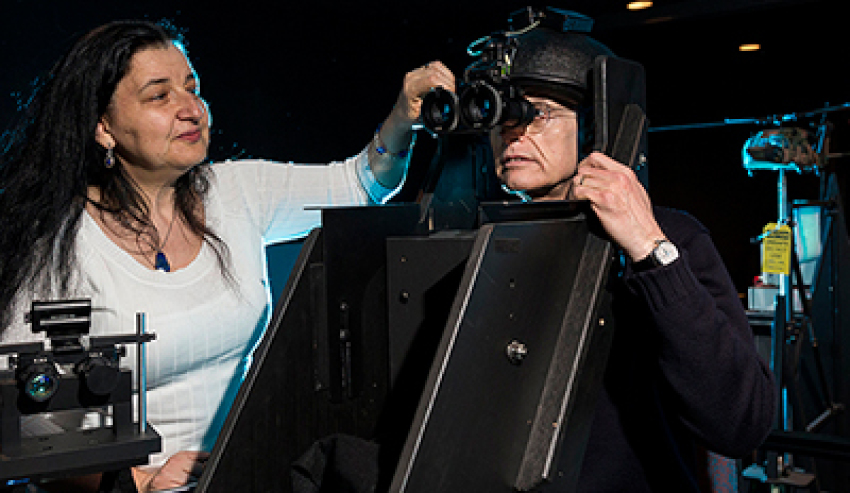The Night Vision Laboratory at Defence Science and Technology (DST) Group has recently assisted the Army School of Aviation.
To continue reading the rest of this article, please log in.
Create free account to get unlimited news articles and more!
Defence researcher from DST Group Dr Maria Gavrilescu has recently collaborated with colleague Dr Peter Gibbs to assist the Army School of Aviation, which had an issue with their training aircraft and needed to fly in civilian airspace at night with pilots who are using night vision devices (NVDs).
"The Army aircraft, which would normally be flying with covert lighting designed to work with NVDs, are required to use navigation lights which non-defence pilots can see," Gibbs said.
"We are helping Army assess lights suitable for civilian airspace that are not disruptive to the NVDs being used by the Army pilots."
The pair also recently supported Army pilots who began experiencing visual fatigue when using assisted-vision technology, such as head-up displays and night vision goggles.
"We are trying to understand the source of that fatigue and whether we can reduce it, because any binocular device including virtual reality devices will have similar issues," Gavrilescu said.
"Imagine reading a book up very close, or through someone else’s glasses. You can still read it but if you try reading it for three hours straight you get eye-strain, headaches and possibly nausea.
"Night vision technologies can force your eyes to make unnatural movements. If pilots do this for a sustained period of time they can experience symptoms that may affect safety."
Gavrilescu and Gibbs utilise the Night Vision Laboratory, a controlled environment, to assess night vision technology that is either in service or is being considered for use by the Australian Defence Force.
The lab uses a lighting system – known as a moon simulator – designed to replicate the night environment in which the NVDs are designed to work.
"We designed and calibrated the lights so that they replicate the radiance levels a device would experience during different phases of the moon," Gavrilescu said.
"Assessments typically look at both the device characteristics and the system level performance.
"The performance of the human operator is also taken into consideration, which means various psychophysical assessments of people’s visual performance when looking through the devices."

 Login
Login







